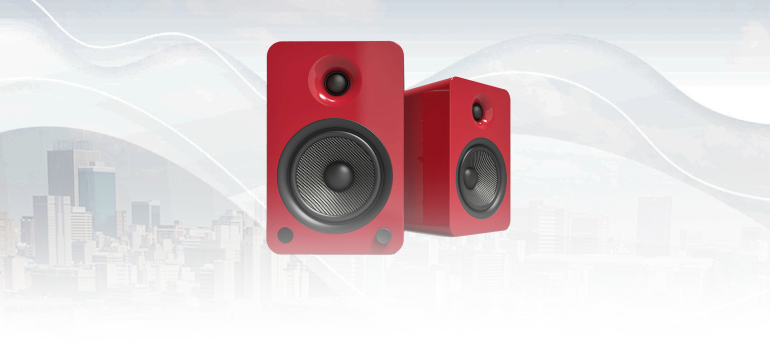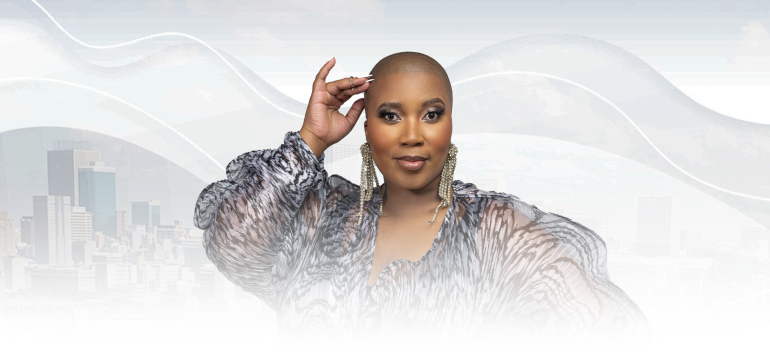-
play_arrow
On The Street On The Air | Kaya 959
Seasonal affective disorder and the Afropolitan
By Nomali Cele
Even with the amount of destigmatisation work being done with regard to mental illness, most people still live with shame. For other people, mental illness is not a real thing and is still characterised by the same negative buzzwords such as “weakness”. Even with those who can’t plead ignorance and should know better because they’re on the internet daily interacting with people who live with and manage mental illness, still go for cheap buzzwords such as “attention seeking”.
What is seasonal affective disorder
People who would consider themselves otherwise not prone to feelings of depression suddenly feeling symptoms of depression is known as Seasonal Affective Disorder or SAD. A seasonal affective disorder is not just “winter blues”. Much like depression isn’t just being sad, a seasonal affective disorder stems from a chemical imbalance. Some people experience SAD at the peak of summer.
Signs you might have winter seasonal affective disorder
Feeling exhausted often
Feeling irritable
Difficulty sleeping at night and waking up in the mornings
Feeling apathetic, suddenly it feels like winter will never end
READ: Living with mental illness
Signs you might have summer seasonal affective disorder
Loss of appetite
Feeling apathetic
Experiencing difficulty falling asleep
Feelings of restlessness or agitation

Both winter and summertime Seasonal Affective Disorders have tight links to light. Serotonin and melatonin are hormones that get most of their power from light and as the seasons change, so do they. Serotonin and melatonin are most associated with mood and sleep amongst other things. Melatonin production increases when it’s dark and decreases when it’s light.
Seasonal affective disorder depends on a pattern, which can go undiagnosed for the average Afropolitan. Because the expectation is that we don’t complain, patterns can go unaddressed and undocumented. Fatigue occurring that can be a symptom of winter SAD or sleeplessness that could point to a summer SAD
Summer seasonal affective disorder or “reserve SAD” is probably particularly harder to navigate socially. Come December, the sun is at its peak and everyone has plans and you are expected to show up and seem happy to be there. By the virtue of it being December, problems are expected to magically disappear, even though you didn’t get a bonus at work, even though you are not feeling good.
How to treat a Seasonal Affective Disorder
So you’ve honestly reflected into your life and you are noticing a pattern. That’s only the first step. The next step is to approach your GP with your symptoms, if you are at a stage where you think medication is a necessary step, to hear what they advise. If you notice that a loved one experiences a sustained pattern of wanting to hibernate during either summer or winter, shine a light that the feelings could be because of a seasonal affective disorder.
At-home remedies are also possible for treating Seasonal Affective Disorder. In the winter, things such as making sure you get sunshine and exercise can help alleviate the symptoms. In the summer, because the light increases melatonin thus making it harder for the brain to switch off while the body is beyond ready to do so, people with SAD need to limit exposure to the sun during the day. Creating a darkened bedroom environment you can retreat to.

Acknowledging the signals your body is giving you is important and will go a long way in correctly categorising your experiences. Mental illnesses, even the ones with seasonal symptoms, can be managed. The South African Depression and Anxiety Group has free resources online, which can be a good place to start.
Written by: Kayafm Digital
Mental health mental illness seasonal affective disorder
Similar posts
-
MORE ARTICLES

Independent Candidate Anele Mda unveils her election manifesto

Siyabonga Thwala to star in new action drama Empini

Are car headlights too bright these days?

“I love you with everything I am.” – Bonko Khoza to his wife Lesego on her birthday

“Catering for people you haven’t seen in years” – Unnecessarily expensive things at gatherings
-
QUICK LINKS
UpComing Shows

959 Music Weekdays
Kaya 959 Hits
Real. Familiar. Memorable. Kaya 959 brings you the music you know and love from our playlist. Uninterrupted. Thursdays 20h00 to 21h00
close
The Best T in the City
With T Bose
He has held it down in the world of mid-morning radio with the best music, riveting topics, brilliant mixes and interesting guests. Every weekday, The Best T proves why he is the BEST by connecting to you like only your bro or favourite uncle could. He lets his listeners dictate the songs they want to hear in the ever-popular Top 10 at 10, and his Three Teaspoons never run out. Catch The Best T in the City Mondays to Fridays from 09h00 to 12h00.
close
Feel Good
With Andy Maqondwana
Feel good about feeling good! That's exactly what The Feel-Good show is about. An escape from the negativity that surrounds us, indulging you in good feels. Pass it on to one and all. Spread the good feeling around Gauteng with Andy Maqondwana.
close
The Hive
With Bonolo "Bee Sting" Molosiwa
Every "Hive" needs a Queen B and Bonolo "Bee Sting" Molosiwa is Kaya 959's honey who brings in the money. With her bubbly personality, infectious laugh, Bee Sting radiates positive energy which is all you need to get your weekend off to the best start. Don't miss the Afrobeat Dancehall Ragga (ADR) Top 10 on The Hive with Bee Sting every Saturday from 18h00 - 21h00.
closeConnect with Kaya 959
DownLoad Our Mobile App
© 2024 Kaya 959 | On The Street On The Air











